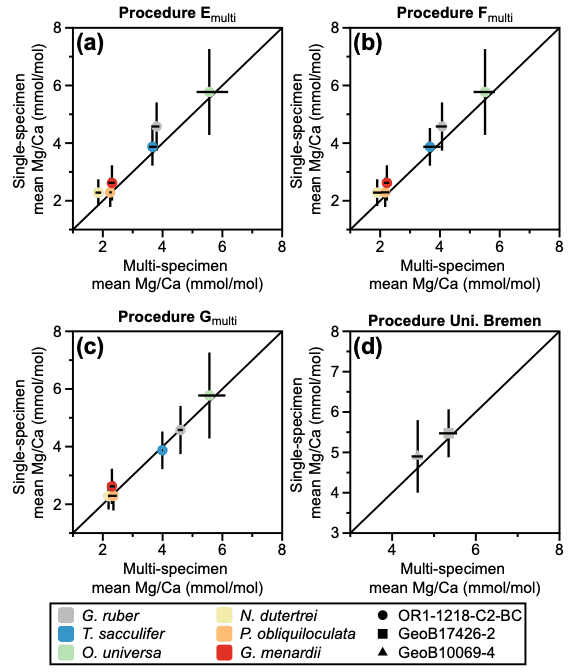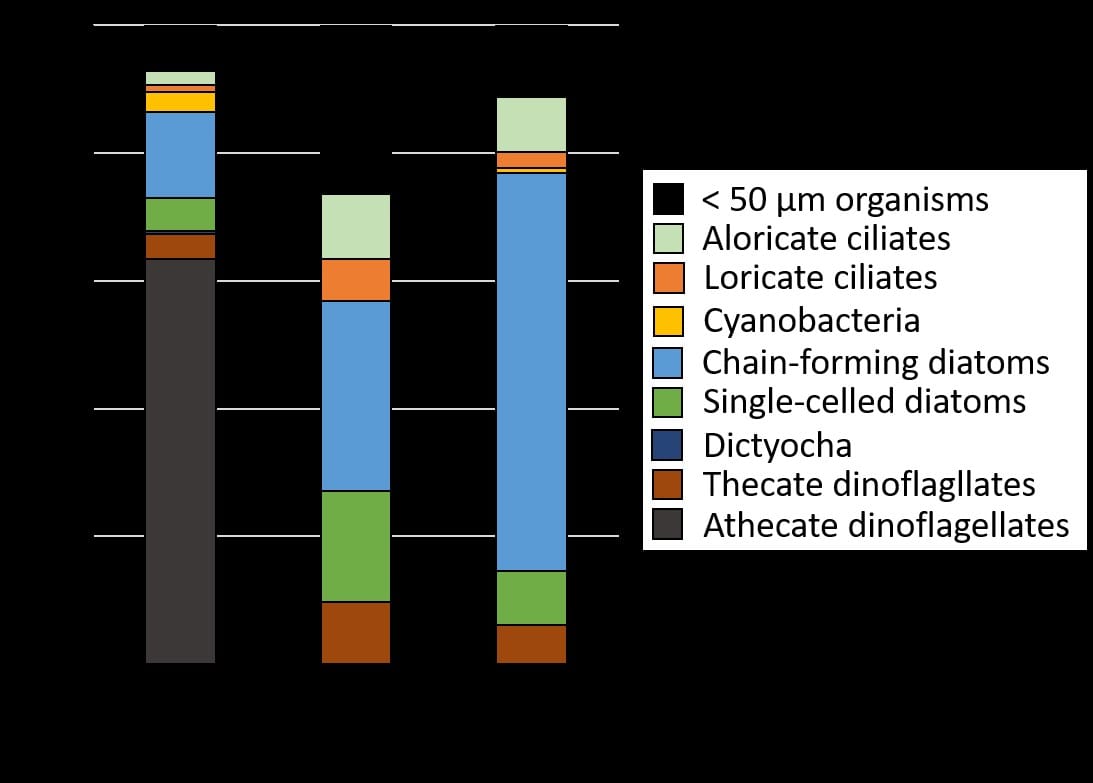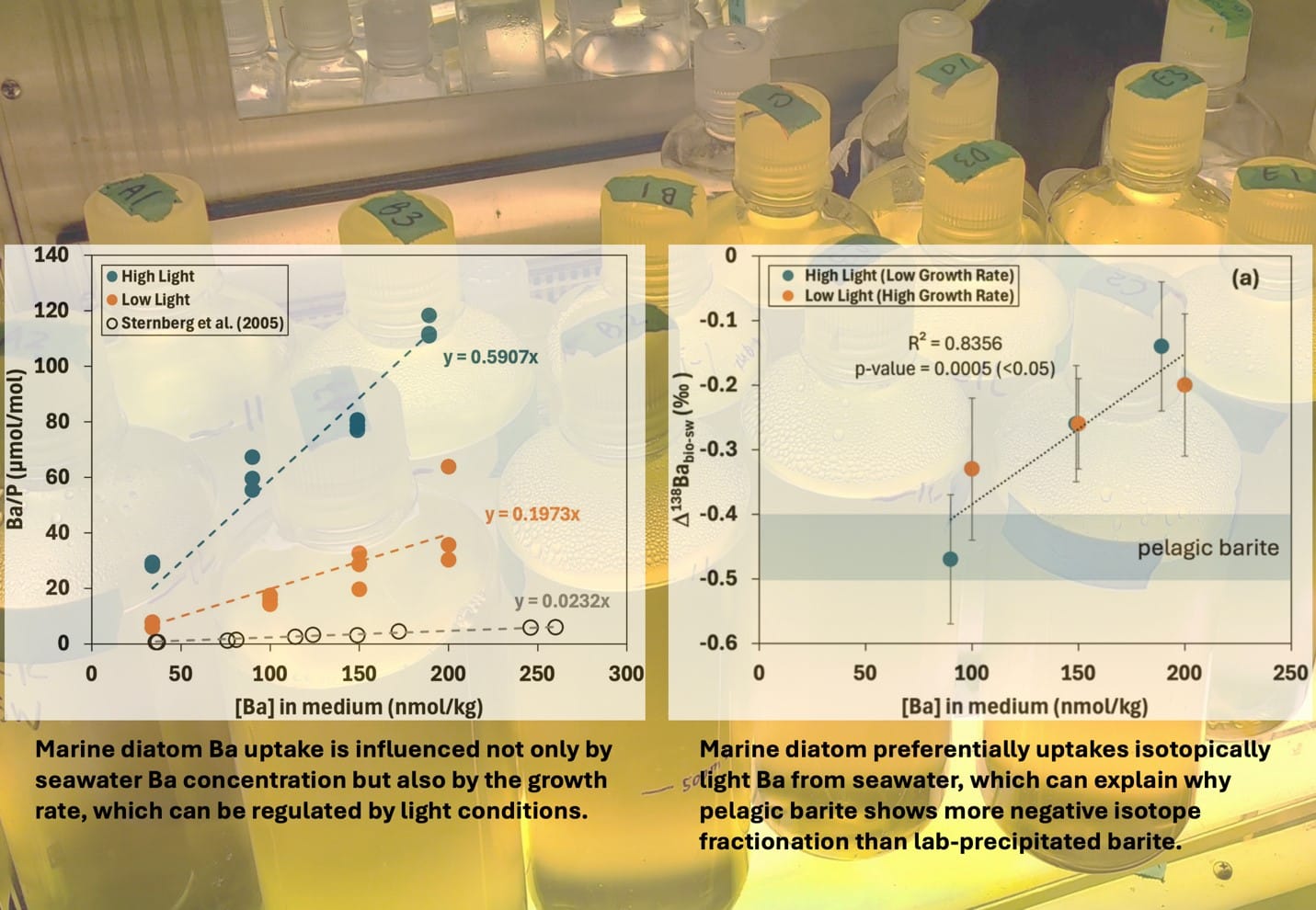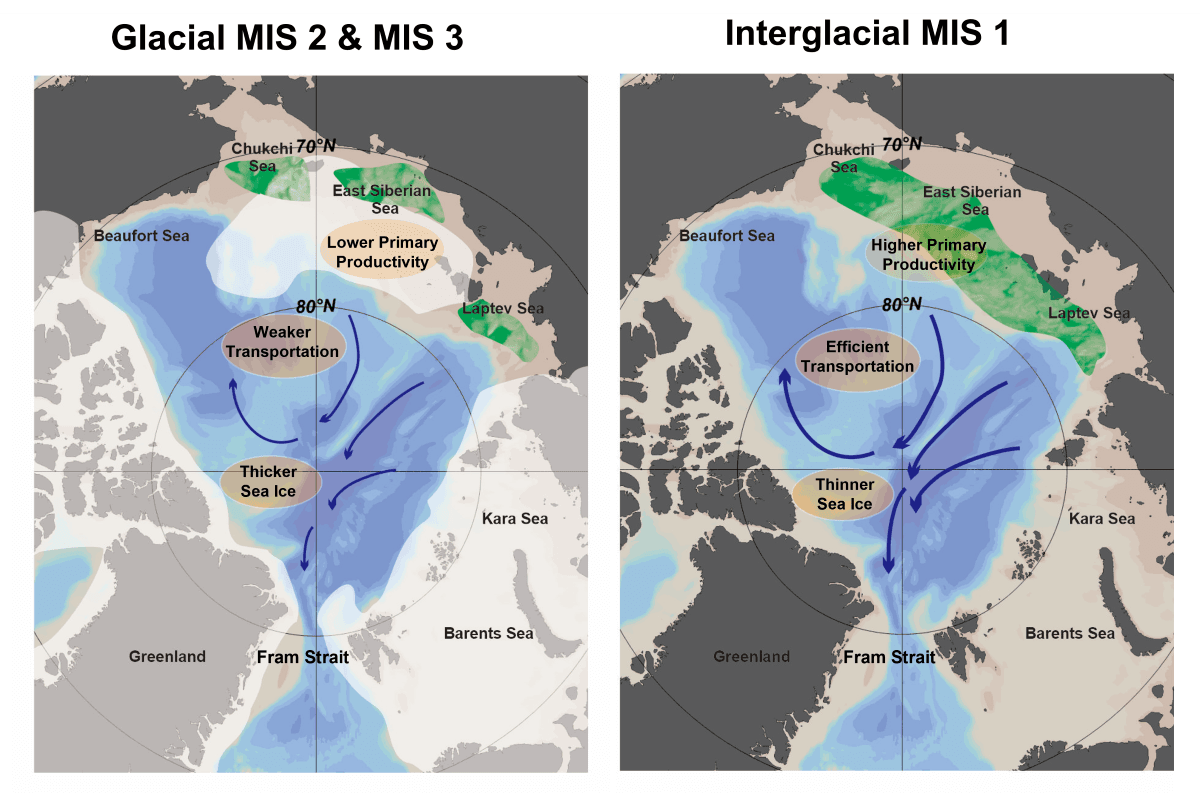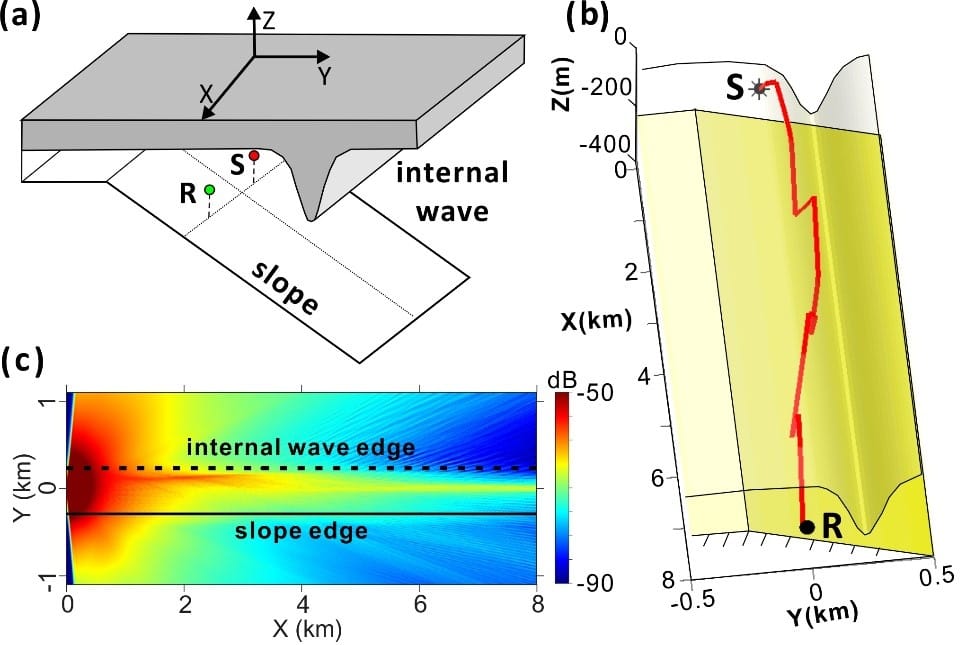講者:Dr. Tina Huei-Ting Lin (School of Ocean and Earth Science and Technology(SOEST), University of Hawaii)
題目:Dissolved organic carbon biogeochemistry: From the submarine basaltic aquifer to marginal seas
時間:3月27日(五) 15:10
地點:海洋所2樓大講堂
Preview
Marine dissolved organic carbon (DOC) is a large fixed carbon reservoir (660 Pg C) that approaches the size of the atmospheric CO2 reservoir (750 Pg C). We investigated DOC concentrations and compositions in the submarine basaltic aquifer to understand the processes and mechanisms involved in the generation and removal of organic carbon. Our data show that ridge-flank basaltic aquifers are a net DOC sink for deep seawater and deep sedimentary DOC. Amino acid concentrations and compositions suggest that there is likely a complex, dynamic water-rock-microorganism interactions in cycling amino acids in basement fluids. Nevertheless, total dissolved amino acids only account for only 1.4-3.3% of the DOC in ridge-flank basement fluids. We further characterize DOC in the basaltic fluids by analyzing the composition of the functional groups, carbon isotopes (13C and 14C), and metal-ligands.
My future research will focus on marginal seas, which are sources for ocean DOC due to high primary productivity, terrestrial input, and anthropogenic activities. I will examine, in part, how human activities affect marine DOC concentrations and compositions, and the extent that anthropogenic DOC affects marine organisms, primarily by collecting seawater samples from marginal seas near Taiwan.Speaker:Dr. Tina Huei-Ting Lin (School of Ocean and Earth Science and Technology(SOEST), University of Hawaii)
Title:Dissolved organic carbon biogeochemistry: From the submarine basaltic aquifer to marginal seas
Time:3/27 (Fri) 15:10
Location:2nd floor large lecture hall of IONTU
Preview
Marine dissolved organic carbon (DOC) is a large fixed carbon reservoir (660 Pg C) that approaches the size of the atmospheric CO2 reservoir (750 Pg C). We investigated DOC concentrations and compositions in the submarine basaltic aquifer to understand the processes and mechanisms involved in the generation and removal of organic carbon. Our data show that ridge-flank basaltic aquifers are a net DOC sink for deep seawater and deep sedimentary DOC. Amino acid concentrations and compositions suggest that there is likely a complex, dynamic water-rock-microorganism interactions in cycling amino acids in basement fluids. Nevertheless, total dissolved amino acids only account for only 1.4-3.3% of the DOC in ridge-flank basement fluids. We further characterize DOC in the basaltic fluids by analyzing the composition of the functional groups, carbon isotopes (13C and 14C), and metal-ligands.
My future research will focus on marginal seas, which are sources for ocean DOC due to high primary productivity, terrestrial input, and anthropogenic activities. I will examine, in part, how human activities affect marine DOC concentrations and compositions, and the extent that anthropogenic DOC affects marine organisms, primarily by collecting seawater samples from marginal seas near Taiwan.


